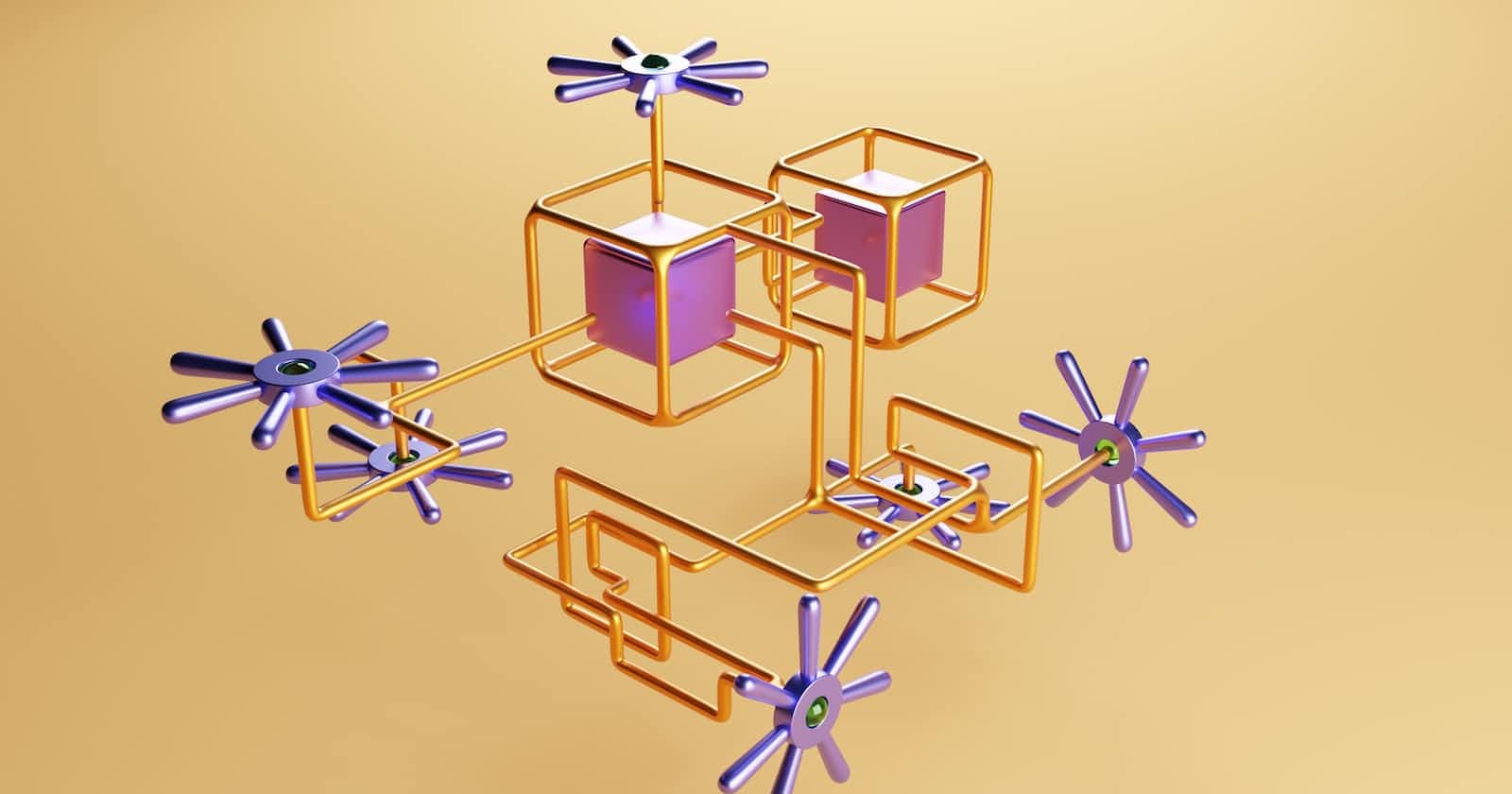
Monolith vs Microservices: Choosing the Right Architecture for Your Application
When building a new application, one of the first questions many developers will confront is whether to start with a monolithic application or one that leverages microservices. Both of these methods can build robust applications that serve a variety of purposes, but the backbone of the application will be very different depending on whether you choose to pursue a monolith or microservices route. In this blog, we will explore the key differences between monolithic and microservices-based applications, the use cases for each, and what you should consider when deciding between the two techniques.
Monolithic Architecture
A monolithic application is built as a single, unified unit. All the code resides within the application, making it easy to reuse and build on top of existing functionality. Monoliths are often faster to develop and deploy than an application that uses microservices and may be simpler to manage. The structure lends itself well to small teams and offers advantages like less operational overhead and focus. Monolith usually has a server-side application, a front-end user interface, and a single database.
Advantages of Monolithic Architecture
Simpler deployment pipeline
Straightforward monitoring
Faster to develop and deploy
Easier to manage
Less operational overhead
Code reuse
Drawbacks of Monolithic Architecture
Coupling and lack of boundaries
Lack of flexibility
Deployment of the entire monolith is required for small changes
Development sprawl
Exponential infrastructure costs
When to Choose Monolithic Architecture
Small teams
Less complex applications
Less frequent updates
Less need for scalability
Microservices Architecture
Microservices architecture is a collection of smaller, independently deployable services. Microservices advocate breaking the monolithic application into small pieces or components. In other words, it takes the entire monolithic architecture and breaks it down into smaller, more manageable pieces. Microservices are a great way of solving the sorts of problems mentioned above you’ll get once you have initial success as an organization.
Advantages of Microservices Architecture
Scalability
Flexibility
Independent deployability
Better fault isolation
Easier to maintain
Drawbacks of Microservices Architecture
More complex
More difficult to manage
Higher operational overhead
More difficult to monitor
Higher infrastructure costs
When to Choose Microservices Architecture
Large teams
Complex applications
Frequent updates
Need for scalability
Conclusion
Both monolithic and microservices-based applications have their advantages and disadvantages. Monolithic architecture is simpler to manage and faster to develop and deploy, while microservices architecture is more flexible and scalable. When deciding between the two techniques, it is important to consider factors such as team size, application complexity, frequency of updates, and need for scalability. Ultimately, the choice between monolithic and microservices architecture will depend on the specific needs of your organization.
